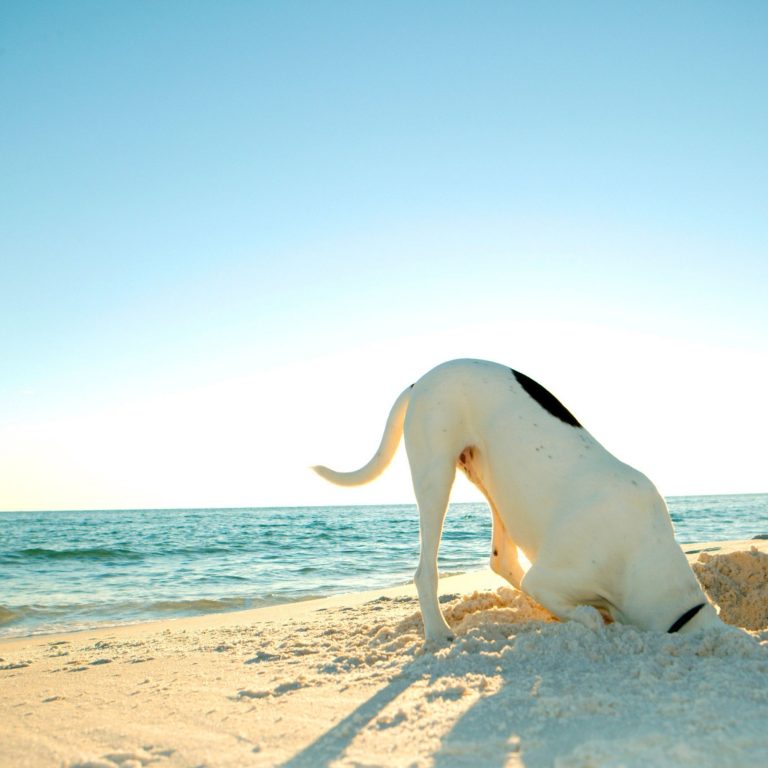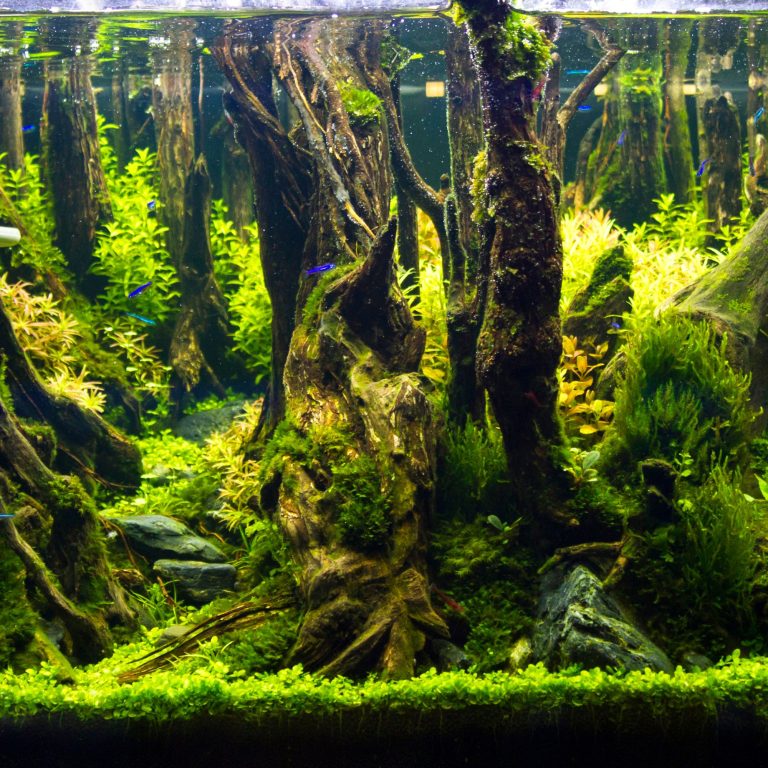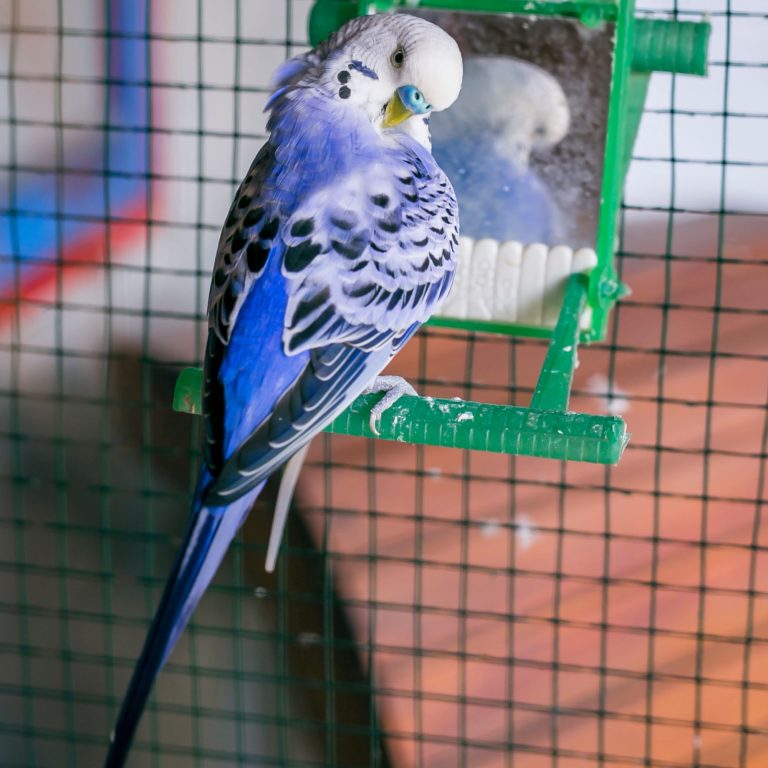Eradicate Boredom: Power Up Your Cats Playtime with Puzzle Toys
The Importance of Playtime for Cats
As a cat owner, you play a vital role in providing enriching playtime for your feline companion. Understanding the importance of playtime and addressing boredom in cats is crucial for their overall well-being and happiness.
Understanding a Cat’s Natural Instincts
Cats are natural hunters, and playtime taps into their primal instincts. By engaging in play, cats can express their predatory behaviors, which helps them burn off excess energy and satisfy their natural instincts. Playtime provides an outlet for their hunting skills, allowing them to stalk, pounce, and capture toys or objects.
Benefits of Engaging Playtime for Cats
Engaging playtime offers numerous benefits for cats. Regular play sessions can help prevent obesity by promoting physical activity and exercise. Additionally, playtime is an excellent way to bond with your cat, strengthen your relationship, and build trust. It can also help reduce stress and anxiety, as play provides mental stimulation and an opportunity for cats to release pent-up energy.
Addressing Boredom in Cats
Boredom can lead to destructive behaviors, such as scratching furniture or excessive grooming. Providing regular playtime sessions with appropriate toys can help address boredom and redirect your cat’s energy towards positive outlets. Introducing puzzle toys for cats is a great way to enhance their playtime experience, stimulate their minds, and keep them engaged.
By understanding your cat’s natural instincts, recognizing the benefits of engaging playtime, and addressing boredom, you can create a fulfilling and stimulating environment for your feline friend. Puzzle toys for cats are an excellent addition to their playtime routine, providing mental and physical stimulation. To explore the different types of puzzle toys available, check out our article on puzzle treat toys for cats.
Introducing Puzzle Toys for Cats
If you’re looking for a way to stimulate your cat’s mind and alleviate boredom, puzzle toys for cats can be a fantastic solution. These interactive toys provide mental and physical stimulation, engaging your feline friend in a fun and challenging way. Let’s explore what puzzle toys for cats are, how they stimulate cats, and the different types available.
What are Puzzle Toys for Cats?
Puzzle toys for cats are specially designed toys that require your cat to solve a puzzle or complete a task in order to access a reward, such as treats or toys. These toys are designed to mimic a cat’s natural hunting instincts, providing them with an outlet for their mental and physical energy.
The puzzles can vary in complexity and design, ranging from simple treat-dispensing toys to more intricate interactive puzzles. They are made of durable materials to withstand your cat’s playful nature and often feature compartments, hiding spots, or moving parts to keep your cat engaged and entertained.
How Puzzle Toys Stimulate Cats
Puzzle toys stimulate cats by tapping into their natural instincts and encouraging problem-solving. Cats are instinctual hunters, and puzzle toys provide a way for them to engage in a hunting-like activity. By figuring out how to unlock the puzzle or access the hidden treats, cats are mentally stimulated and experience a sense of accomplishment.
These toys also promote physical activity as cats use their paws, claws, and minds to manipulate the puzzle and retrieve the reward. The mental and physical stimulation provided by puzzle toys can help prevent boredom, reduce destructive behavior, and promote a healthy lifestyle for your cat.
Different Types of Puzzle Toys
There are various types of puzzle toys available to cater to different cats’ preferences and skill levels. Here are some common types:
| Type of Puzzle Toy | Description |
|---|---|
| Treat Dispensers | These toys require cats to maneuver or manipulate the toy to access hidden treats. |
| Interactive Puzzles | These puzzles may involve sliding compartments, rotating elements, or hidden compartments that cats must explore and solve to reveal the reward. |
| Feeder Toys | These toys combine puzzle-solving with mealtime. Cats have to work for their food by pawing, rolling, or swatting the toy to release small portions of food. |
| DIY Puzzle Toys | You can even create your own puzzle toys using everyday objects like cardboard boxes, toilet paper rolls, or puzzle feeders made from empty plastic bottles. Check out our article on diy puzzle toys for cats for some creative ideas. |
When choosing puzzle toys for your cat, consider their age, skill level, and preferences. Some cats may enjoy challenging puzzles that require problem-solving, while others may prefer simpler treat-dispensing toys. It’s important to select toys that are safe and appropriate for your cat’s size and abilities. For more specific recommendations, you can explore our article on best puzzle toys for cats.
By introducing puzzle toys into your cat’s playtime routine, you can provide mental stimulation, encourage natural behaviors, and ensure your furry friend remains entertained and engaged. Remember to rotate and refresh the toys regularly to maintain your cat’s interest. Happy puzzling!
Choosing the Right Puzzle Toys
When it comes to selecting puzzle toys for your cat, it’s important to consider their individual personality and preferences, the complexity level of the toy, and safety considerations.
Considering Your Cat’s Personality and Preferences
Just like humans, cats have unique personalities and preferences. Some cats may be more active and enjoy a challenge, while others may prefer simpler puzzles. Observe your cat’s behavior and play style to determine what type of puzzle toy would best suit them. For example, if your cat is highly energetic and enjoys chasing and pouncing, interactive puzzle toys with moving parts or hidden compartments may be a great choice. On the other hand, if your cat is more laid-back and prefers a relaxed playtime, a simpler puzzle toy with treat dispensing features may be more suitable. Remember to take into account your cat’s age and physical capabilities when selecting puzzle toys. For more information on puzzle toys for specific cat stages, check out our article on puzzle toys for kittens and puzzle toys for senior cats.
Assessing the Complexity Level
Puzzle toys come in various levels of complexity. Consider your cat’s problem-solving abilities and choose a puzzle toy that provides an appropriate challenge. A toy that is too easy may not engage your cat’s interest, while a toy that is too difficult may frustrate them. Start with a puzzle toy that has a moderate level of difficulty and observe how your cat responds. If they quickly solve the puzzle, you can gradually introduce more complex toys to keep them mentally stimulated. Be sure to check out our article on puzzle toys for problem-solving for additional guidance.
Safety Considerations for Puzzle Toys
The safety of your cat is of utmost importance when selecting puzzle toys. Ensure that the materials used in the toy are non-toxic and durable to withstand your cat’s play. Avoid toys with small parts that can be easily chewed off and swallowed, as this can pose a choking hazard. Regularly inspect the puzzle toys for any signs of wear and tear, and replace them if necessary. It’s also essential to supervise your cat during playtime to prevent any accidents or injuries. For more information on puzzle toy safety, refer to our article on puzzle toys for playtime.
By taking into account your cat’s personality, the complexity level of the toy, and ensuring safety, you can choose the right puzzle toys that will provide mental stimulation and entertainment for your feline friend. Experiment with different types of puzzle toys, such as puzzle treat toys for cats and interactive puzzle toys for cats, to keep your cat engaged and alleviate boredom. Remember to regularly rotate and introduce new puzzle toys to keep their playtime exciting and fresh.
Engaging Your Cat with Puzzle Toys
To make the most of puzzle toys and provide your cat with a mentally stimulating playtime, it’s important to understand how to engage them effectively. Here are some tips for engaging your cat with puzzle toys:
Introducing the Puzzle Toy
When introducing a new puzzle toy to your cat, it’s essential to do so in a calm and positive environment. Start by placing the toy near your cat’s usual play area or in a location where they feel comfortable. Allow your cat to investigate the toy at their own pace. You can even sprinkle some treats or catnip on or near the toy to pique their interest.
Encouraging and Rewarding Play
Encourage your cat to interact with the puzzle toy by demonstrating how it works. Gently move or manipulate the toy to show your cat how treats or toys can be obtained. Use verbal praise or a clicker to mark and reward their attempts and successes. This positive reinforcement will motivate your cat to continue playing with the puzzle toy.
Additionally, consider using treats or small portions of your cat’s favorite food as rewards. Place these treats inside the puzzle toy and let your cat figure out how to retrieve them. This not only keeps them engaged but also provides mental stimulation and a tasty incentive.
Rotating and Refreshing Puzzle Toys
To prevent your cat from losing interest in their puzzle toys, it’s important to rotate and refresh them regularly. Cats can become bored with the same toys over time. By periodically swapping out puzzle toys, you can keep your cat’s playtime exciting and engaging.
You can also make the playtime more challenging by gradually introducing more complex puzzle toys. This helps to stimulate your cat’s problem-solving skills and keeps their play sessions interesting and rewarding. Remember to select puzzle toys that are suitable for your cat’s age, size, and skill level. For more information on the different types of puzzle toys available, check out our article on puzzle toys for cats.
By following these tips, you can effectively engage your cat with puzzle toys, providing them with hours of entertainment and mental stimulation. Remember to supervise your cat during playtime and ensure that the puzzle toys are safe and in good condition. With the right approach, puzzle toys can be a valuable addition to your cat’s playtime routine, keeping them entertained and mentally sharp.
Additional Ways to Enrich Your Cat’s Playtime
In addition to puzzle toys, there are other exciting ways to enhance your cat’s playtime and keep them entertained. These activities can provide mental stimulation, exercise, and bonding opportunities for both you and your feline companion.
Interactive Play with Feather Wands or Laser Pointers
Interactive play sessions with feather wands or laser pointers can be highly engaging for cats. These toys mimic natural prey and trigger their hunting instincts, providing an outlet for their energy. You can use a feather wand to simulate the movements of a bird or a laser pointer to create a moving target for your cat to chase. Remember, though, to never shine a laser pointer directly into your cat’s eyes.
These interactive play sessions allow you to actively engage with your cat, promoting bonding and physical activity. Ensure you offer safe and controlled play sessions, allowing your cat to pounce, jump, and stalk the toy. It’s always important to supervise these play sessions to prevent accidents and ensure that your cat doesn’t become overstimulated.
Creating DIY Puzzle Toys at Home
If you enjoy getting creative, you can try making DIY puzzle toys for your cat. There are numerous simple and fun ideas that you can explore using household items. For example, you can create a treat-dispensing toy by placing treats inside a plastic bottle with holes cut into it. Your cat will have to roll, bat, and manipulate the bottle to access the treats. Be sure to use treats that are safe and appropriate for cats.
Another idea is to hide treats or toys inside cardboard boxes with different levels or compartments. Cut holes in the boxes and encourage your cat to explore and “hunt” for the hidden treasures. DIY puzzle toys provide mental stimulation and can be a cost-effective way to keep your cat entertained. Check out our article on diy puzzle toys for cats for more inspiration.
Incorporating Treats and Food Dispensing Toys
Introducing treats and food dispensing toys during playtime can make the experience even more enjoyable for your cat. Food dispensing toys are designed to hold treats or kibble and release them gradually as your cat interacts with the toy. This not only stimulates their problem-solving skills but also provides a rewarding experience as they work to retrieve their favorite treats.
You can find a variety of food dispensing toys specifically designed for cats. These toys come in different shapes, sizes, and difficulty levels, allowing you to choose one that suits your cat’s preferences and abilities. Using puzzle treat toys is a great way to provide mental stimulation while satisfying your cat’s natural instinct to hunt and forage for food. Refer to our article on puzzle treat toys for cats for more information.
By incorporating interactive play, DIY puzzle toys, and treat-dispensing toys, you can create a dynamic and enriching playtime experience for your cat. Remember to rotate and introduce new toys regularly to keep things fresh and exciting. Each cat is unique, so observe their preferences and adjust the activities accordingly. With a little creativity and dedication, you can provide endless entertainment for your feline friend.






